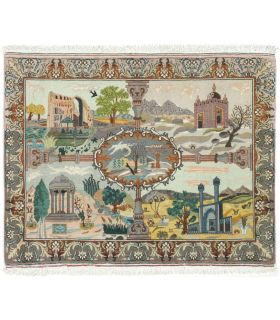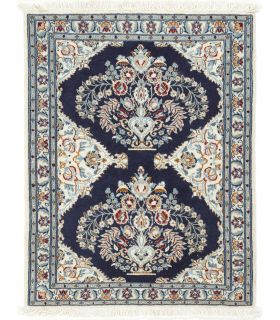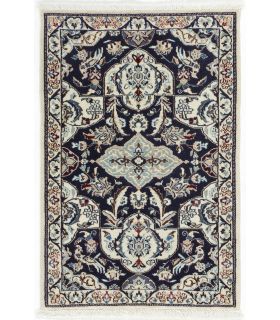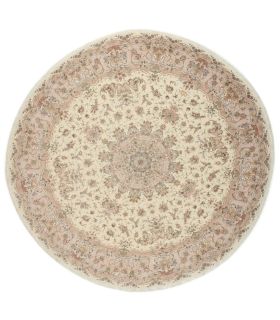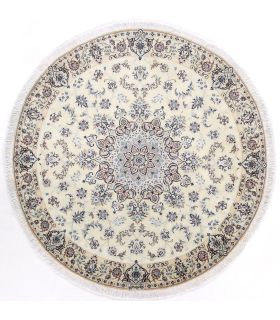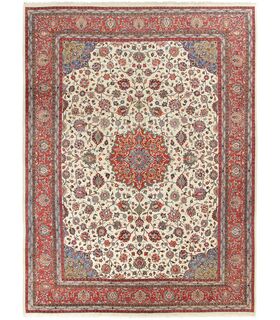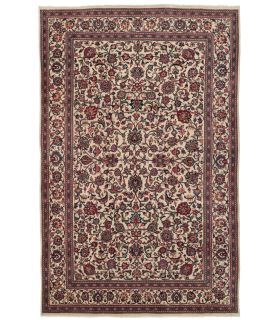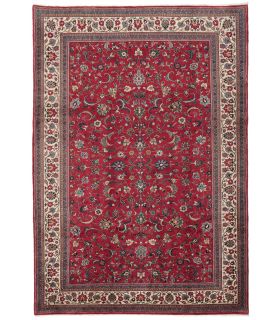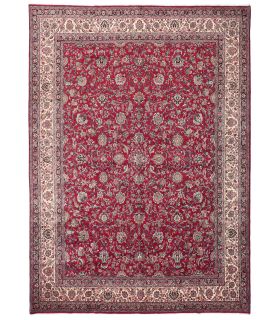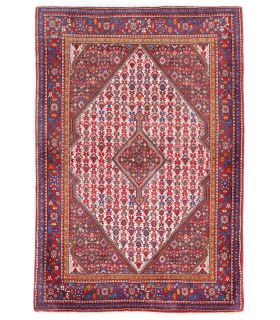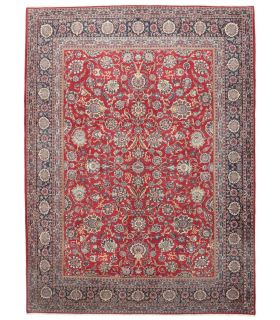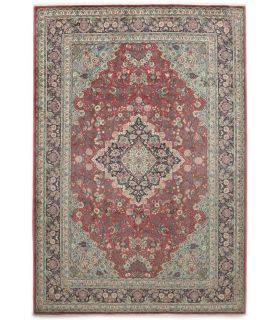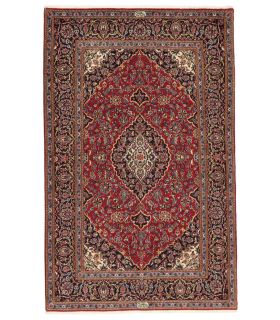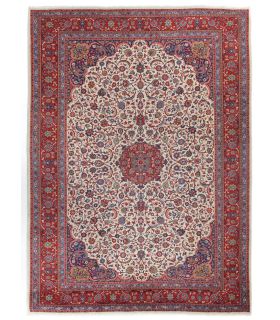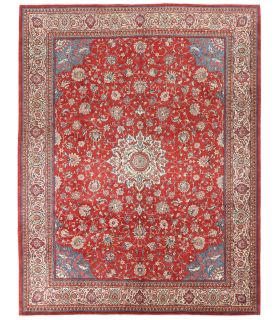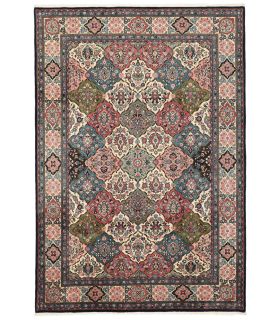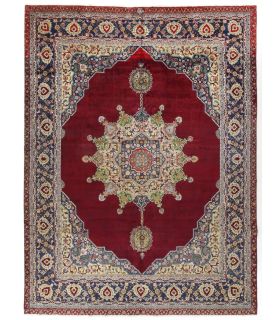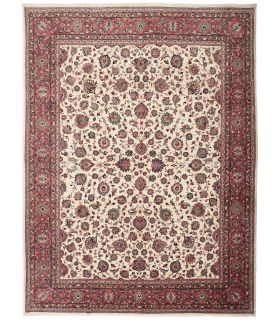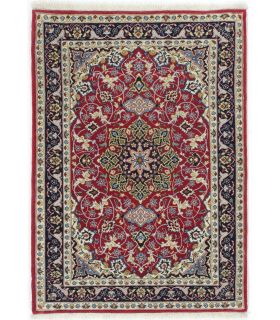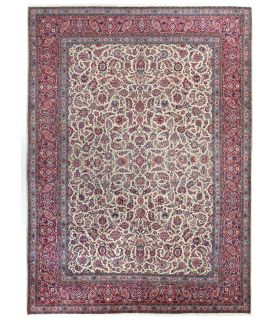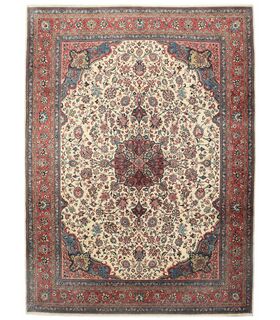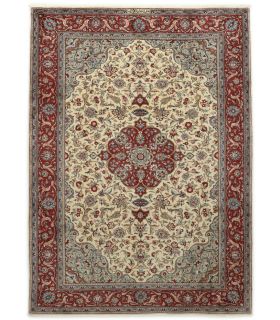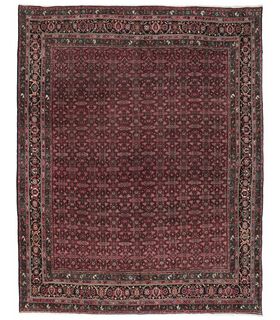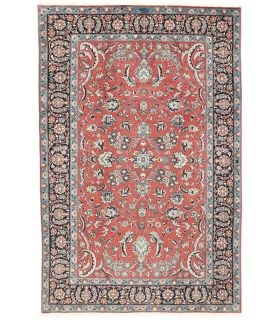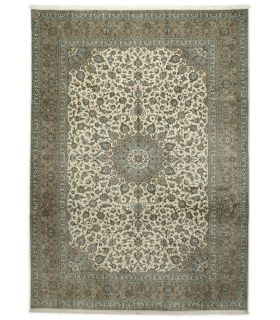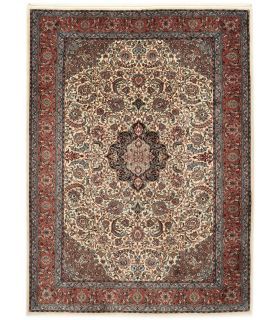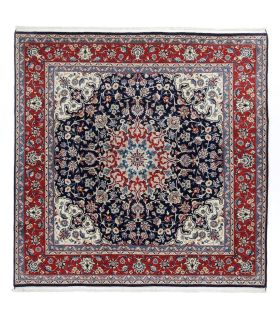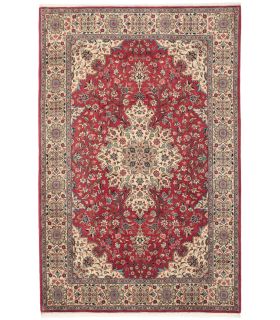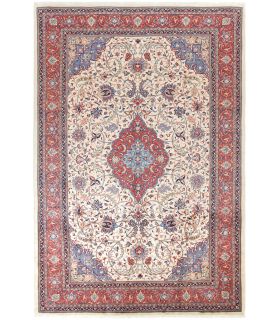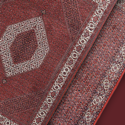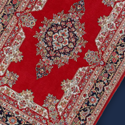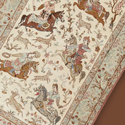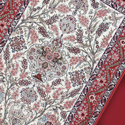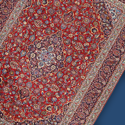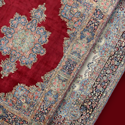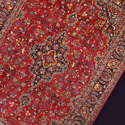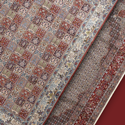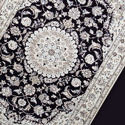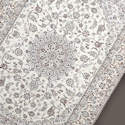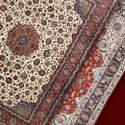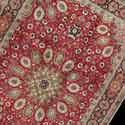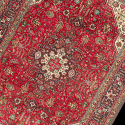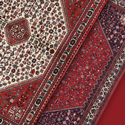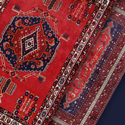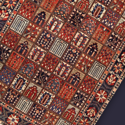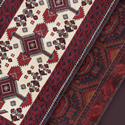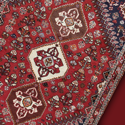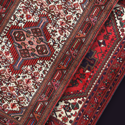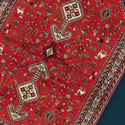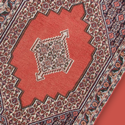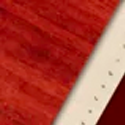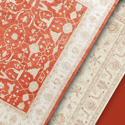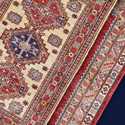Persian Carpets
Persian Carpets – Precious Handcraftsmanship for Your Floor
Persian carpets, as the name suggests, originate from the Persian Empire, i.e., today’s Iran. Persian carpets have meanwhile become very popular around the world, and they adorn the floors of many homes and buildings. Persian carpets are in fact a significant component of Persian, i.e., Iranian, history, art and culture.
Today, genuine and noble Persian carpets are no longer knotted in Iran solely for private use; rather, they are likewise knotted for commercial sale and export. The colours and patterns of individual Persian carpets are indeed different, and their traditional patterns indicate the region where they were knotted. Nevertheless, all Person carpets have one thing in common: they constitute a valuable part of culture, and they are hand-crafted from high-quality materials.
Where exactly do Persian carpets come from?
A wide variety of Persian carpets have been around for centuries. The carpets are distinguished, among others, according to their regions of origin. In Persia, carpets have been produced simultaneously by different social classes for centuries, and each class has naturally placed its own different demands its carpets. Originally, the art of carpet-making was a craft that was particularly common among nomadic peoples.
In today's Iran, however, carpets are not only hand-knotted by simple nomads. They are also simultaneously knotted in villages and towns where they were formerly made for the Orient’s ruling royal court. Different traditions have thus developed from the different demands placed on carpets, and these traditions still coexist to this day.
In Persia’s rural regions and amongst its nomadic peoples, simpler kinds of carpets are traditionally made from more robust materials. The patterns are mostly geometrically rustic, and the colours are linked to nature.
Globally popular Persian carpets have evolved from the weaving traditions found in the cities and production centres for the ruling royal court. During the period of the ruling Safavid Dynasty, the former court manufactures of the Persian Empire were located in Isfahan. Even today, particularly noble carpets come from this region.
Carpets from Isfahan are magnificent and highly demanding in terms of their production. In addition to their unmistakable appearance, these carpets are characterised by the particularly fine and noble materials that are used to knot them. A carpet from Isfahan is the noblest type of carpet that you can use to adorn your floor; each carpet is an intrinsic and unmistakably unique work of art.
Unique knotting traditions also developed in Persia’s cities and urban provinces, and carpet centres such as Tabriz, Ghom, Nain, Kerman and Kashan have become world-famous. To this day, carpets are traditionally handcrafted in Iranian cities, with some of them intended for domestic trade and others partly for export.
What distinguishes Persian carpets?
Each Persian carpet is unique because oriental carpets are traditionally hand-knotted. Colour, pattern and weaving density constitute the distinguishing features that indicate quality, on the one hand, and the region of origin, on the other. The following standard rule applies for knot density: the higher the number of knots that a carpet has per square metre, the higher its quality and finer it will be. Carpets with an especially high knot density are also usually made of particularly fine materials such as silk or wool. The finer the yarn, the higher the number of knots that can be knotted per square meter.
What does a Persian carpet look like?
Persian carpets are available in many different designs that can be traced back to the traditions of their regions of origin. Boring and monochrome are certainly not features of a Persian carpet. The patterns are characterised by diverse colours and recurring ornaments, patterns and motifs. Elaborate and traditional designs are the main feature of a genuine Persian carpet.
The design of Persian carpets is always nearly the same in terms of its arrangement. The centre of the carpet contains a large field which is symmetrically surrounded by one or more borders that are patterned differently. The main border frequently exhibits Persian floral patterns.
The colours of the Persian carpets vary from muted to bright. The colour spectrum ranges from beige and brown tones to red to blue and green.
Noble Persian carpets – far too beautiful to walk on?
Each Persian carpet is a work of art for the floor. However, this does not mean that a Persian carpet is only for viewing. Like all other carpets, Persian carpets were originally items of daily use, and they have remained so to this day. Persian carpets are much easier to maintain than you might think. They are robust enough to withstand the daily burden of feet and furniture. Even classic carpet care such as hoovering or other kinds of carpet cleaning will not affect a noble Persian carpet for decades. Traditional Persian carpets made of virgin wool are robust and even dirt-repellent. Most kinds of dirt cannot penetrate the carpet fibres, which makes it easy to clean them.


















